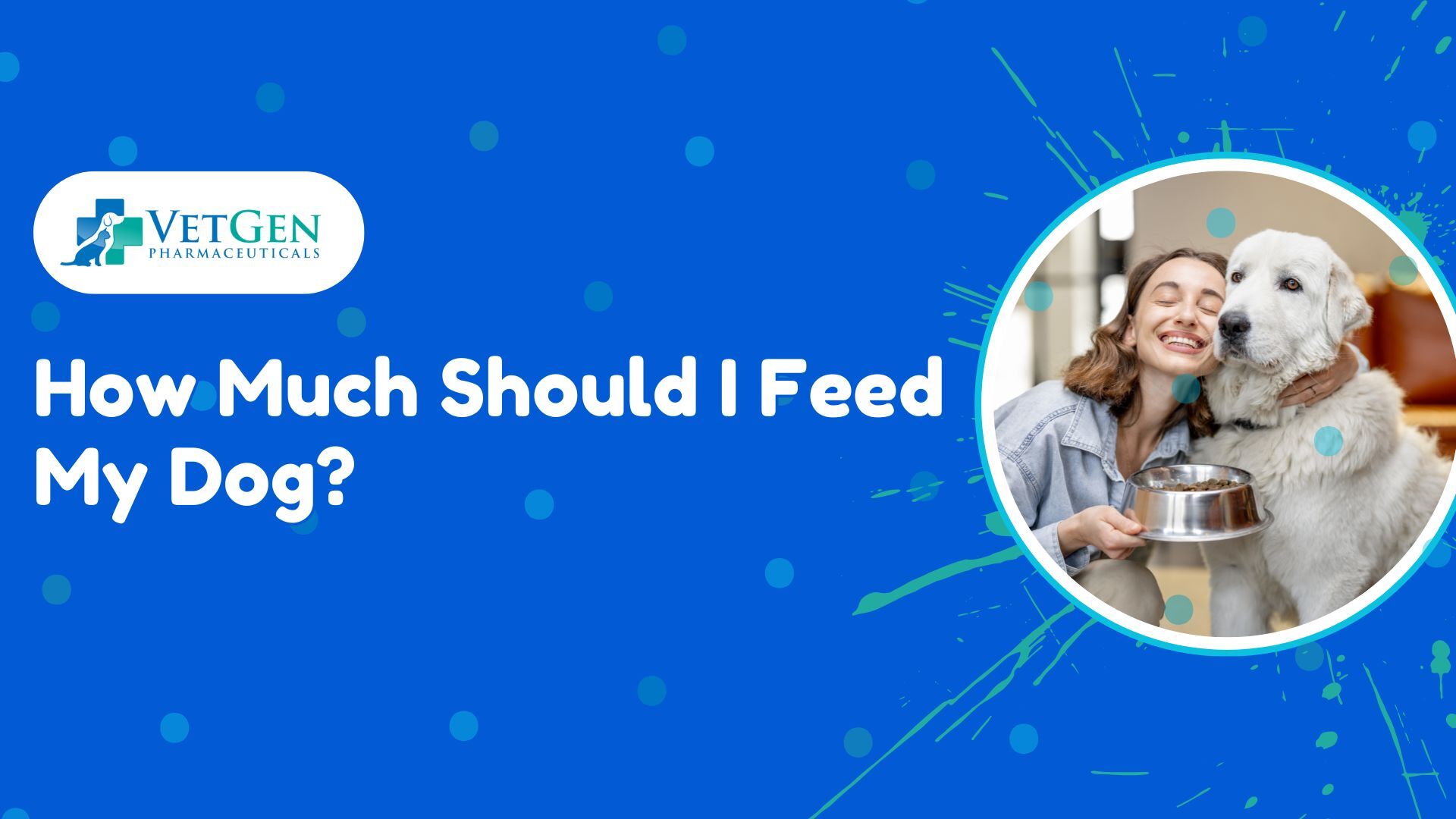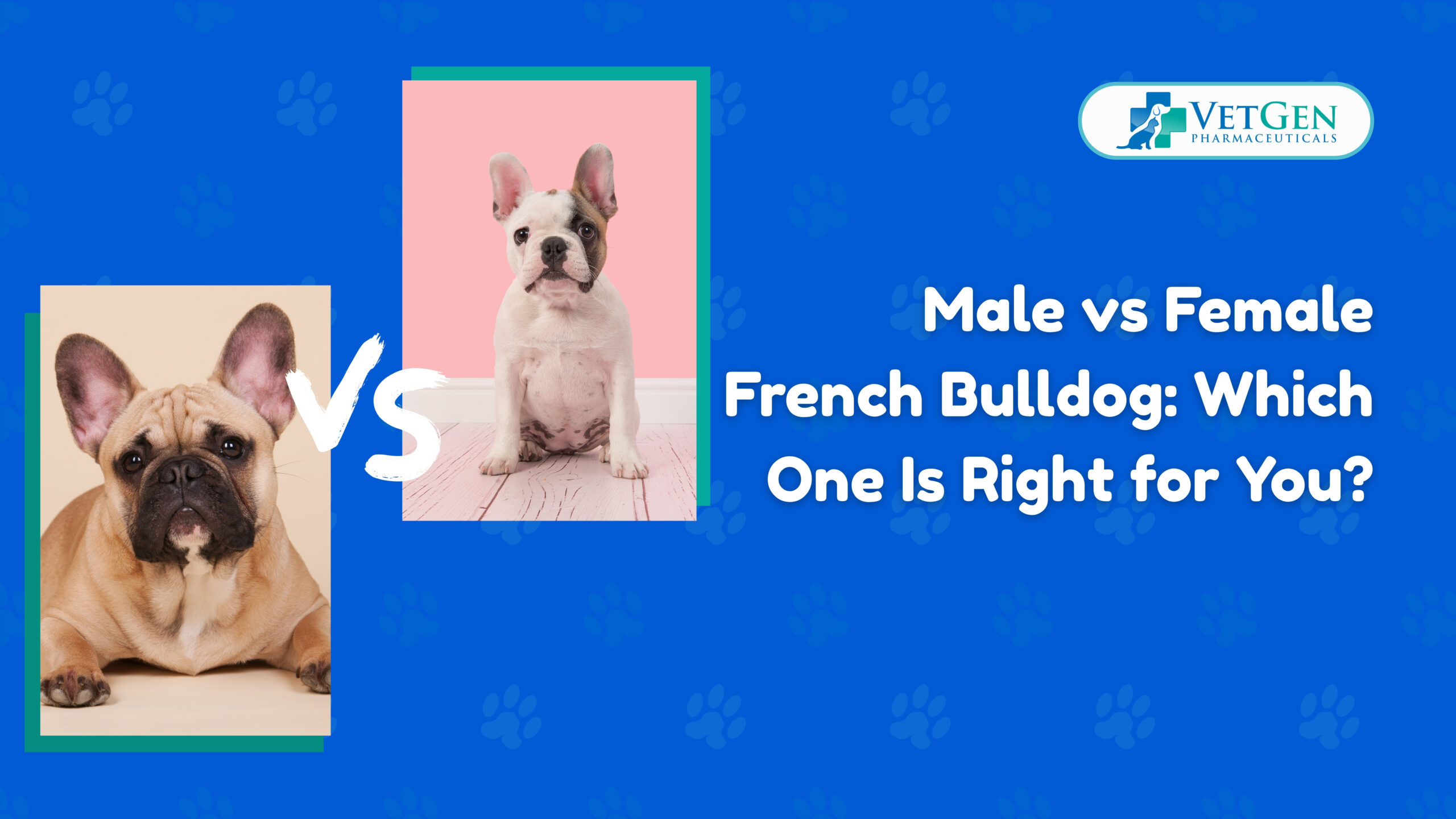Do you always think of “how much should I feed my dog?”. It is important to feed your dog the right amount of food to keep him healthy and avoid problems such as obesity or malnutrition. The amount and type of food your dog needs depends on his age, breed, activity level and general health. This guide will show you how to customize your dog’s diet to suit their individual needs.
Understanding Your Dog’s Nutritional Needs
Proteins, fats, carbohydrates, vitamins, and minerals are included in a balanced diet.
- Proteins: Important for muscle growth and repair.
- Fats: Supply energy and help support skin and coat health.
- Carbohydrates: Supply quick energy.
- Vitamins and minerals: They support immune function, bone health, and other vital processes.
The right proportions of these nutritional components must be provided to suit your dog’s requirements.
Age-Based Feeding Guidelines
When thinking about how much I should feed my dog, one of the biggest determinants of your dog’s caloric and nutritional needs is age. Each has different requirements for puppies, adults, and senior dogs.
Puppies
Puppies need more calories and nutrients than adults and grow rapidly. They should eat smaller portions throughout the day
- 6-12 weeks: Feed four times daily.
- 3-6 months: Reduce to three meals daily.
- 6-12 months: Start eating two meals a day.
Puppy food is formulated to help with growth, containing more protein, fat, and other essential nutrients.

Adult Dogs
Dogs reach a stable caloric need once they become an adult. Two meals per day is best for most adult dogs.
- Small breeds: Have faster metabolisms and require smaller, more frequent meals.
- Large breeds: They need larger portions, but are prone to obesity, so portion control is necessary.
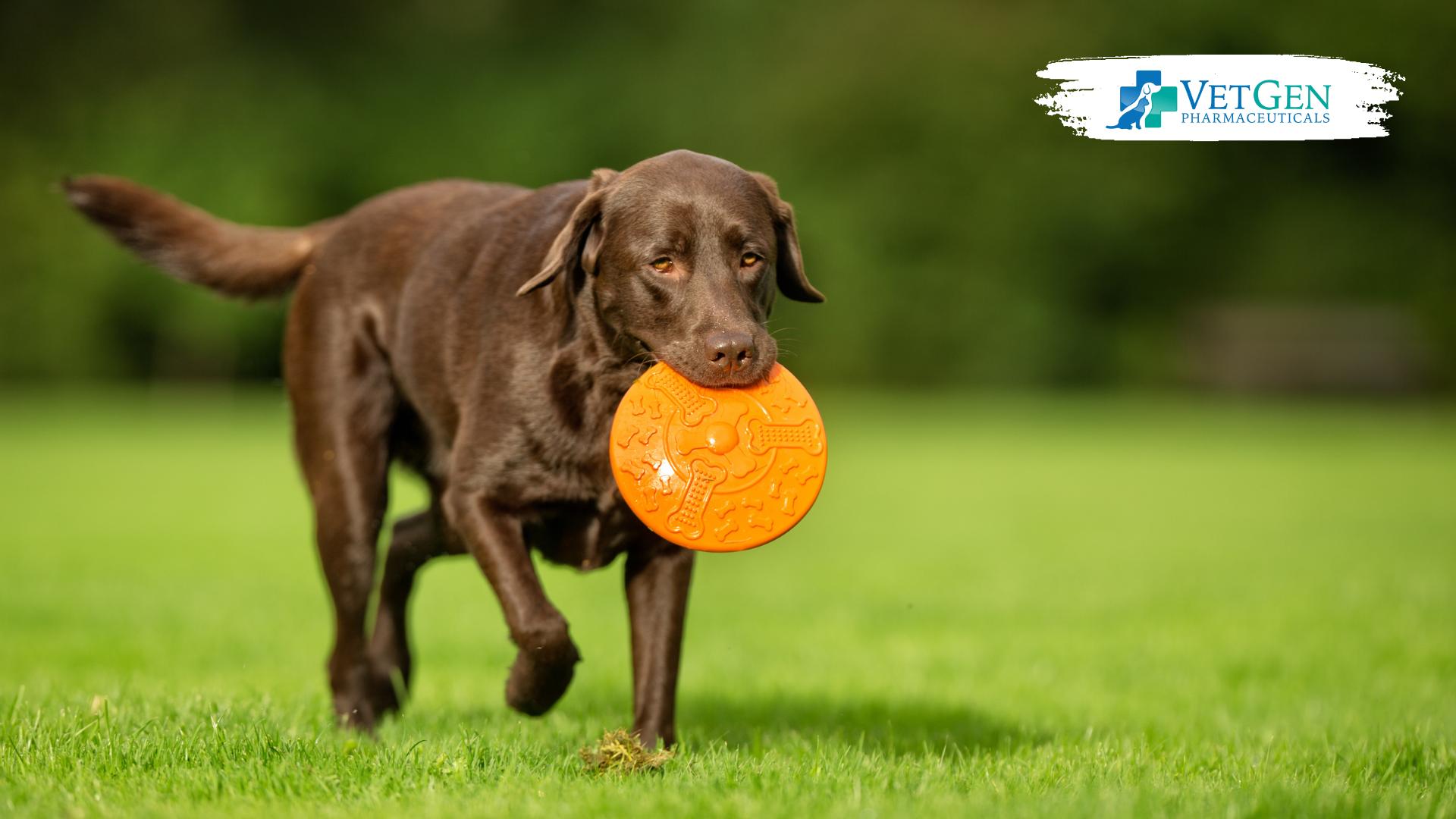
Senior Dogs
Senior dogs have slower metabolisms and are less active, so they need fewer calories. Many senior specific diets are high in fiber and joint supporting nutrients.
Feeding tip: Eat smaller, more frequent meals to help with digestion and avoid overeating.
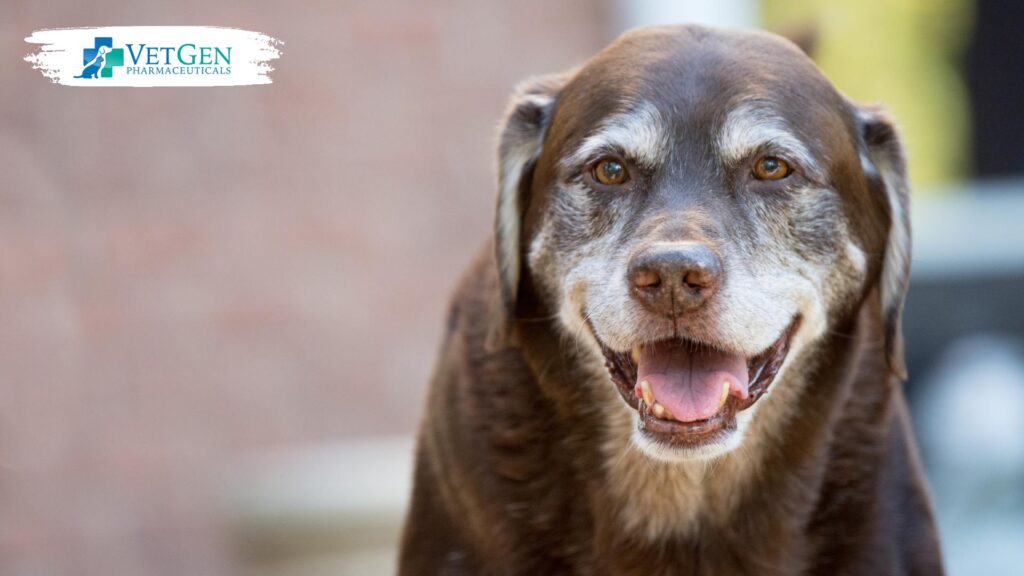
Feeding Requirements for a Breed-Specific
Depending on the size of the dog and its usual activity level, different breeds have different dietary needs.
Small Breeds
Chihuahuas and Pomeranians are breeds with fast metabolisms and need calorie-dense food in small portions.
Tip: Pick food made for small breeds.
Medium Breeds
Beagles and Bulldogs are breeds that need moderate calorie intake.
Tip: Be careful to monitor portion sizes in order to avoid obesity.
Senior Dogs
Diets for large breeds, such as Golden Retrievers and German Shepherds, should help with joint health and prevent rapid weight gain.
Tip: Find food that is enriched with glucosamine and controlled calorie content.
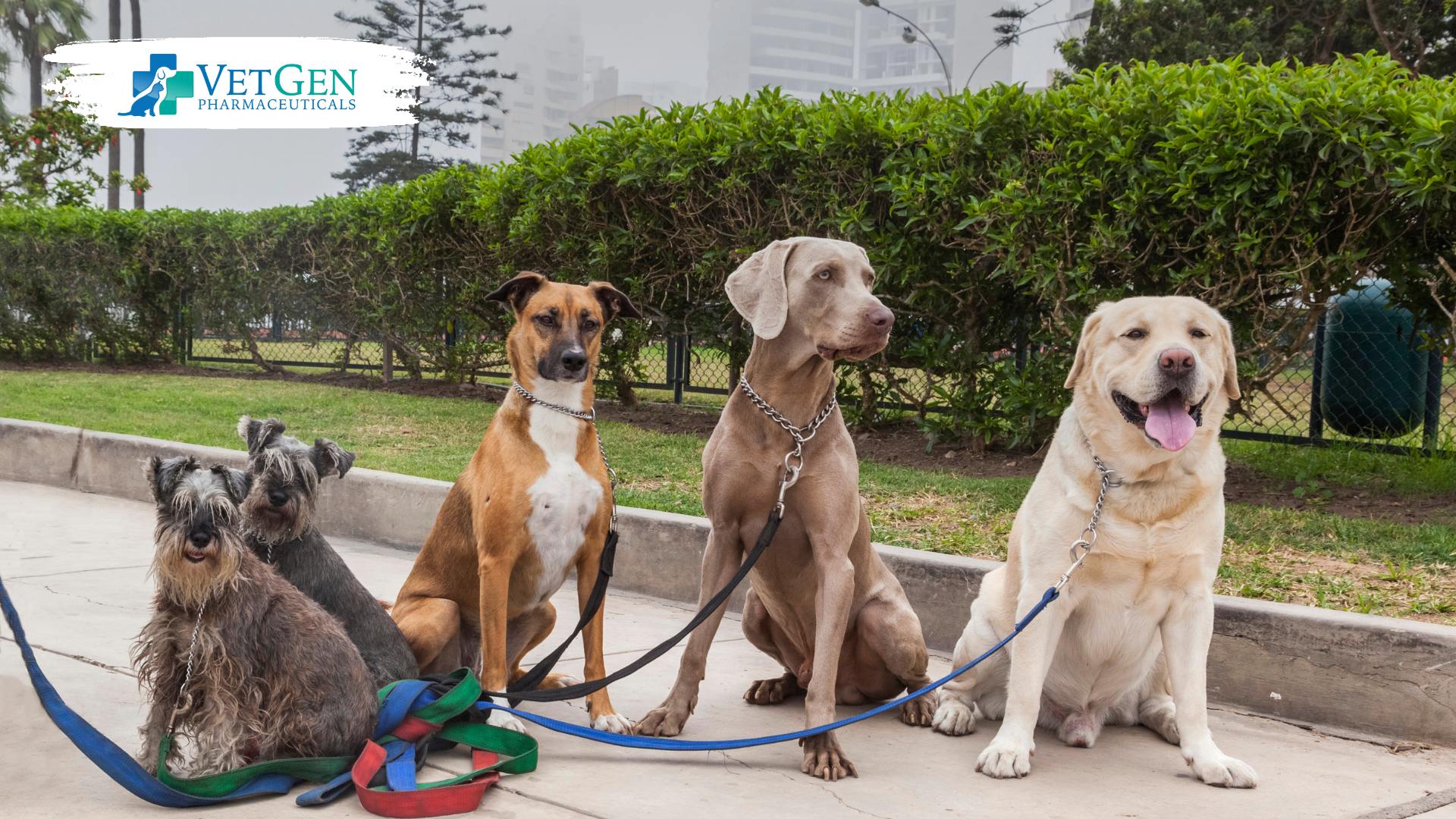
Caloric needs and activity level
How much food a dog needs depends a lot on how active the dog is.
Highly Active Dogs
Dogs that do agility training or run a long way need more calories and a high energy diet.
Examples: Border Collies, Huskies.
Tip: Choose performance or high energy dog food.
Moderately Active Dogs
Most pet dogs fit into this category and need a balanced diet to keep their energy up.
Examples: Mixed breeds, Labrador Retrievers.
Tip: Feed according to the feeding recommendations on the food packaging, if necessary.
Dogs that are Low Activity or Sedentary
Dogs with lower energy levels or mobility issues don’t need as many calories to avoid weight gain.
Examples: Bulldogs, Basset Hounds.
Tip: If you need to keep your weight healthy, consider a lower calorie formula.
Keeping an eye on your dog’s weight and health
Dog food packaging feeding guidelines are a good place to start, but every dog is different. Keep an eye on your dog’s weight and body condition regularly to make sure they’re eating the right amount of food.
Body Condition Score (BCS)
The Body Condition Score is a tool to help determine if your dog is underweight, overweight or at a healthy weight.
- Ideal weight: You should be able to feel your dog’s ribs but not see excessive fat and be able to see a defined waist.
- Adjustments: If your dog gains or loses weight, adjust the amount of food you give them.
You can also include nutrient rich supplements to support your dog’s health.
For instance, the digestive benefits of bone broth for dogs make it an excellent addition to their diet, promoting gut health and hydration.
Consult Your Veterinarian
Consult your veterinarian for personalized feeding recommendations. They can evaluate your dog’s individual needs and suggest any dietary adjustments that might be needed.
- Special diets: Dogs with allergies, chronic conditions or special health needs may require special feeding plans.
- Routine check-ups: Regular vet visits will also make sure that your dog’s diet is still suitable as they get older, or if their lifestyle changes.
Conclusion
How much should I feed my dog depends on a number of factors including age, breed and activity level. Keep a close eye on your dog’s weight and health and adjust their diet accordingly. With good care and feeding, your dog can lead a healthy, happy life.
Frequently Asked Questions
How much should I feed my dog?
Puppies should get 3-4 meals a day, while adult dogs can do well on 2 meals a day. Smaller, more frequent meals may be better for senior dogs. Adjust according to your dog’s age, size and activity level.
Can I feed my dog human food?
While some human foods are safe for dogs (cooked vegetables and plain chicken, for example), others are not. However, stay away from toxic foods like chocolate, onions and grapes. Consult your vet before adding new foods to your dog’s diet.
How can I tell if my dog is overweight?
Feel for their ribs without pressing hard and check for a visible waist. If your dog doesn’t have these features or can’t move easily, talk to your vet to change their diet and exercise.
If my dog won’t eat, what should I do?
If your dog has a temporary loss of appetite, this may not be serious, but if your dog refuses food for more than 24 hours or is showing other symptoms (vomiting, lethargy) it is best to consult your vet to rule out any underlying health problems.
Is grain free food better for dogs?
Dogs with certain allergies or sensitivities may benefit from grain free diets. But grains are not inherently bad for dogs. Discuss dietary changes with your veterinarian to make sure your dog gets the proper nutrition.

